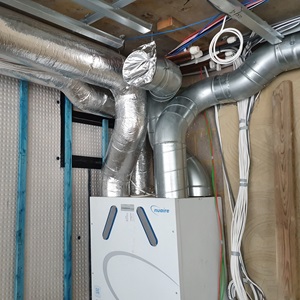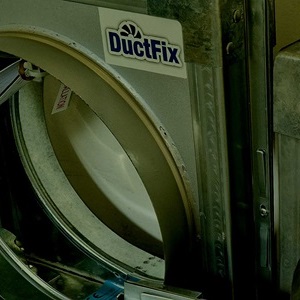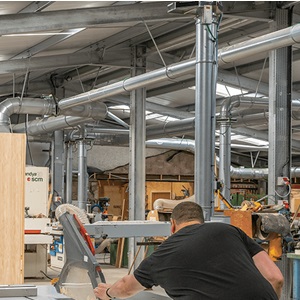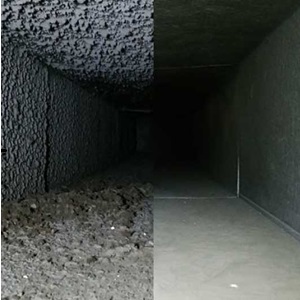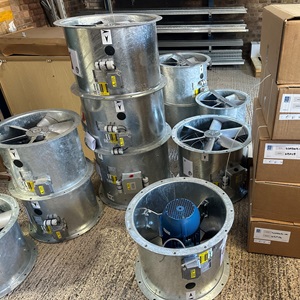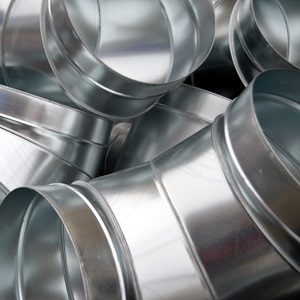What type of insulation and why
Internal Insulation
Using insulation on ductwork offers several significant benefits, enhancing both energy efficiency and indoor comfort in buildings. Insulating ductwork helps to minimise thermal losses, ensuring that the air traveling through the ducts maintains its intended temperature. This reduces the workload on heating and cooling systems, leading to lower energy consumption and utility bills.
One of the primary benefits is improved indoor comfort. Insulated ducts help maintain consistent temperatures throughout the building, eliminating hot or cold spots. This creates a more comfortable living or working environment, particularly in areas far from the HVAC system.
Insulation also helps to reduce noise transmission through the ductwork. It dampens the sounds of air movement and mechanical operation, contributing to a quieter indoor environment. This is particularly beneficial in residential settings and noise-sensitive areas like offices and hospitals.
Additionally, duct insulation can prevent condensation on the duct surfaces. This is crucial in preventing moisture-related issues such as mold growth and water damage, which can compromise indoor air quality and structural integrity.
Overall, insulating ductwork is a cost-effective way to enhance energy efficiency, comfort, noise reduction, and moisture control in any building.
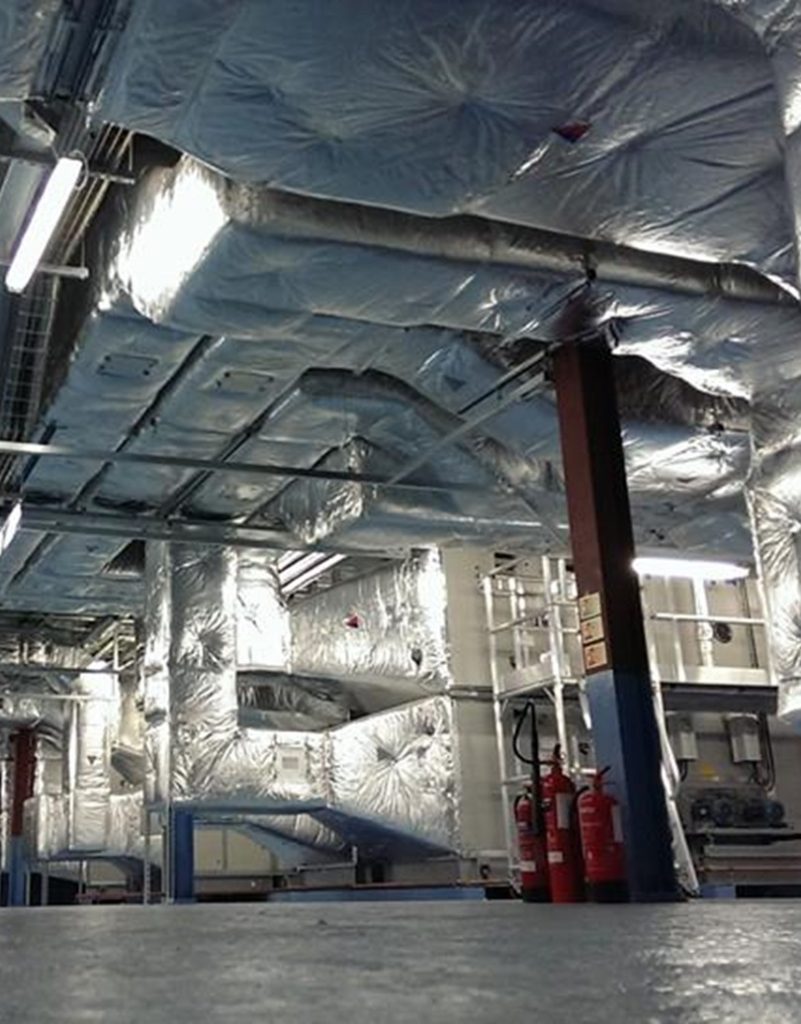
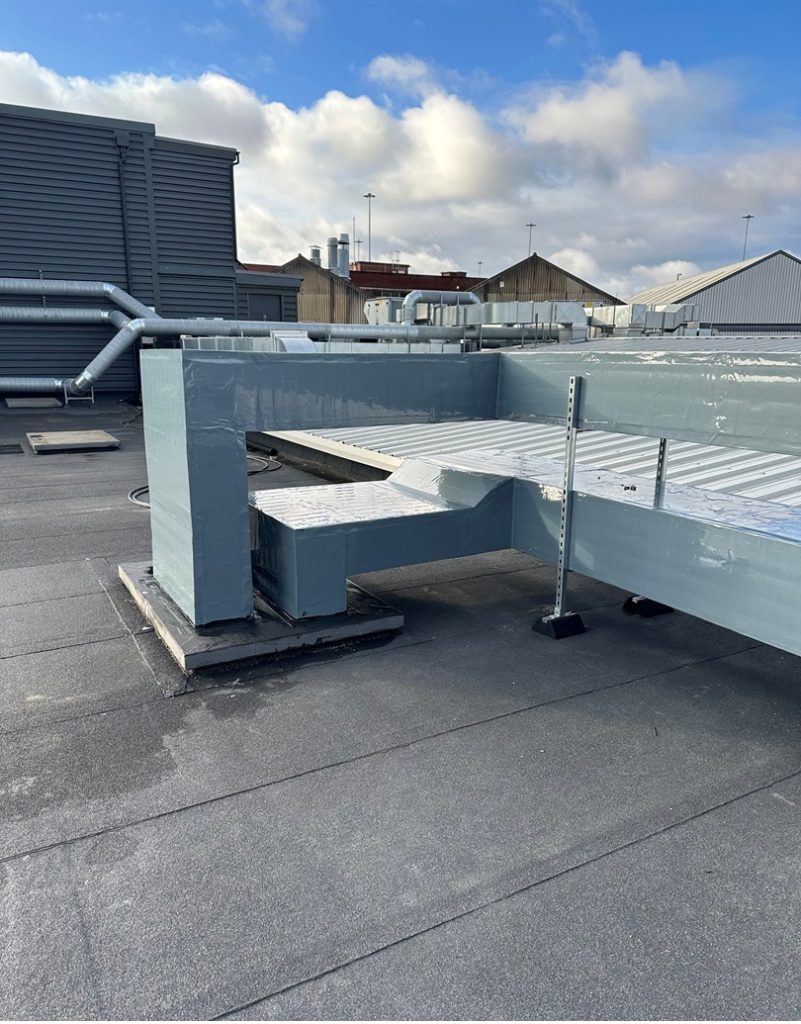
External Insulation
Using stucco aluminum cladding or jacketing systems to protect external ductwork insulation offers several key benefits, enhancing both durability and performance. Stucco aluminum cladding provides a robust barrier against environmental elements such as rain, snow, and UV radiation, which can degrade insulation materials over time. By shielding the insulation, the cladding prolongs its lifespan and maintains its thermal efficiency.
One of the primary benefits is corrosion resistance. Stucco aluminum is highly resistant to corrosion, making it ideal for use in harsh outdoor environments. This ensures that the ductwork and its insulation remain intact and functional, reducing maintenance costs and extending the system’s service life.
Additionally, stucco aluminum cladding has excellent impact resistance, protecting the insulation from physical damage caused by debris, hail, or accidental contact. This durability helps maintain the integrity of the insulation, ensuring consistent thermal performance.
The cladding also offers an aesthetically pleasing finish, improving the visual appeal of exposed ductwork. Its textured surface reduces glare and adds a uniform appearance to the installation.
Overall, stucco aluminum cladding enhances the durability, efficiency, and appearance of external ductwork insulation, providing long-term protection and cost savings.
Explained
Want to know more about HVAC...?
Learn what does what and why you might need it

